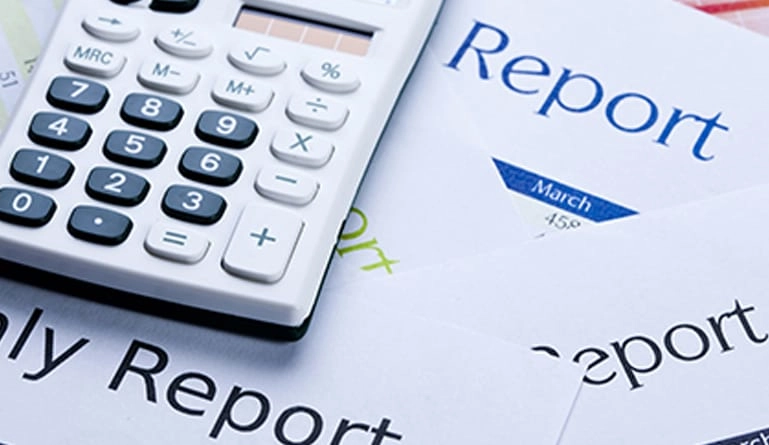Important factors about reporting and why companies should go for an automated process.
A sneak peek at the key benefits of having an automated record to report process.
Since the 2007-2008 financial crisis, there has been a constant push by some organizations to get back to pre-2008 financial levels. However, the journey seems to be challenging, considering that some organizations are still facing the aftershocks of that financial tremor and have not yet recovered fully.
Today, organizations face a constant challenge to streamline their financial reporting process, because of extreme financial volatility. Moreover, there is a looming perception about a lack of corporate governance as well, which compels organizations to find out ways to manage and mitigate risks associated with improper governance and financial reporting structure.
The accuracy of a financial statement is totally dependent on the correctness of an organization’s bookkeeping activities. What are the two core bookkeeping activities?
- Entry of journals
- Posting to ledgers
Now the big question is: Why is the Record-to-Report process so important? Many companies are of the belief that having an ERP system implemented will result in a better, more streamlined process with a shorter close cycle. Even though this belief about ready-to-deploy ERP systems is true, there are other areas that need to be addressed to ensure that the system delivers the desired ROI and helps in setting up an optimized process for governance, organizational alignment, and development of the workforce.
All these areas need to be a part of a comprehensive and consolidated system to see the desired return on a company’s investment in technology.
Companies should focus on developing a robust record-to-report process that covers the complete end-to-end cycle. Having an enhanced and accurate reporting mechanism helps management with better decision making as these executives rely on financial data for better performance of their organization.
Moreover, those companies who are not adopting technology have not been able to bring about significant improvement in their reporting processes. Furthermore, changes in regulatory norms add to the already struggling organization.
If we look at a very simple integrated R2R process, it has four simple milestones:
- Assimilate data from sub-ledger entries such as AP, AR, INV, etc.
- All this data gets integrated into the General Ledger
- This transcends into more meaningful data which are financial and operational performance indicators
- Finally, you can generate reports such as a Profit & Loss statement, Balance Sheet, Scorecard or dashboard.
Having an automated record-to-report process can bring several benefits including:
- Having a process that is extremely streamlined from start to finish
- Enforce clear communication
- Create a close process owner that ultimately creates accountability and responsibility
- Continuous monitoring of KPIs and flash reporting
- Gives an opportunity to set up record to report best practices
An effective closing process will ensure that companies close their books the very next day. This, however, can be achieved only by having the right technology that is integrated with the process.




